Palermo: A Jewel in the Conca d’Oro Plain
Palermo is a beguiling city, nestled like a jewel in the fan-shaped Conca d’Oro plain between two rocky promontories. For almost three millennia, empire after empire has colonized the place, leaving behind a rich tapestry of language, art, architecture, cuisine, and customs that make it a fascinating mirror of Mediterranean history and culture throughout the centuries.
Ancient Greek Treasures
Phoenicians, Greeks, Romans, Normans, Saracens, Germans, and Spaniards have all left their mark on Palermo. The Greeks contributed more Doric temples in Sicily than in Greece itself, and Palermo’s Museo Archeologico Regionale holds one of the richest collections of Punic and Greek art in Italy.
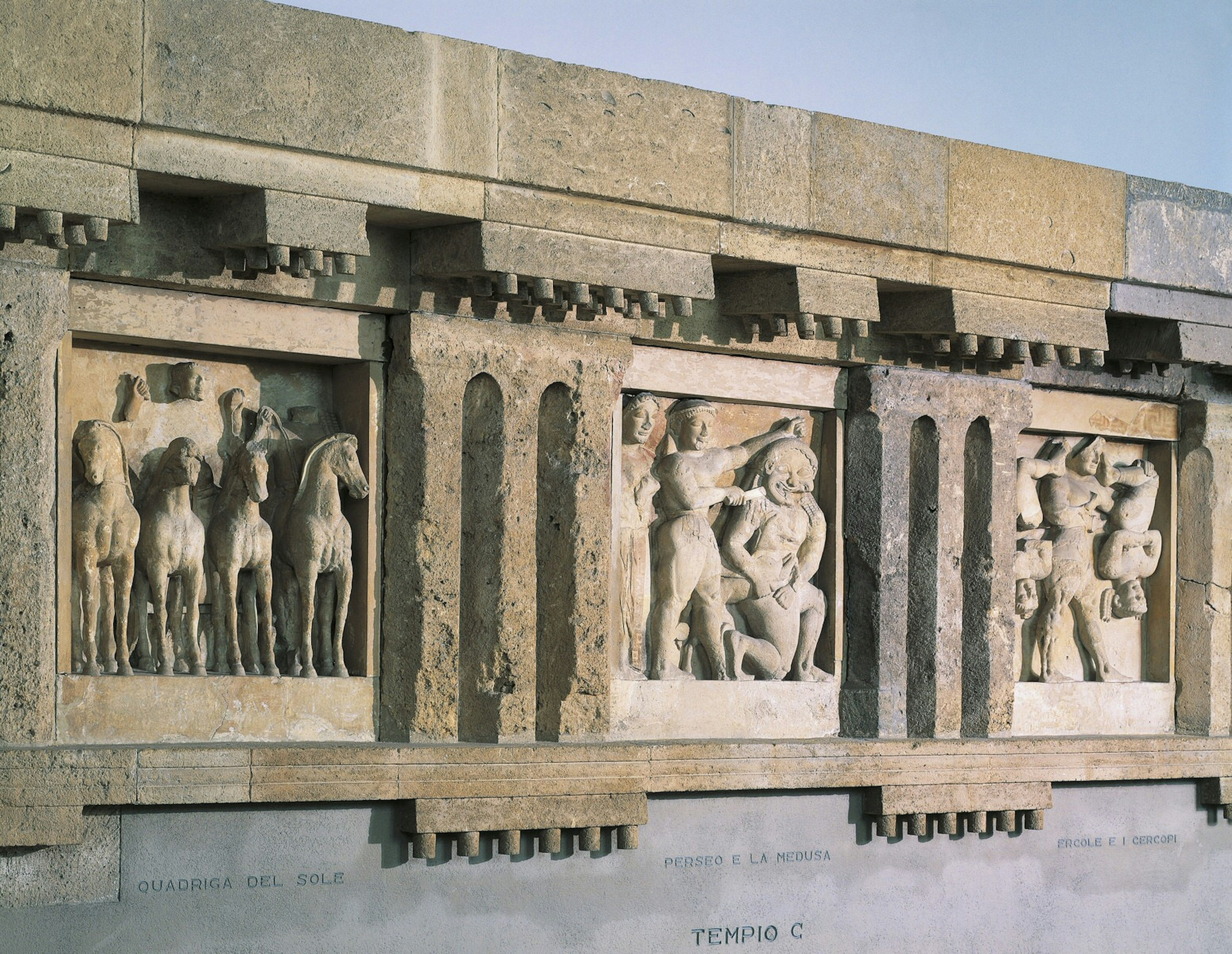
Rooms clustered around the complex’s cobbled cloister showcase a rare series of metopes (sculptural reliefs) from the Greek temples of Selinunte, alongside a fragmented Gorgon’s head and a room lined with 19 roaring lions. These lions were once part of a monumental fountain at Himera – a city destroyed in 409 BC by the Phoenician general Hannibal, who later crossed the Alps to threaten Rome.
Arab-Norman Splendors
After the decline of the Greek and Roman empires, Palermo saw the rise of the Saracens, who transformed the skyline with their orientally-inspired domes. Many of the city’s honey-colored buildings still maintain elegant arches, geometric mosaics, and arabesque friezes, including the hybrid baroque cathedral, which was formerly the city’s mosque until Norman King Roger I reconsecrated it in 1072, crowning himself Count of Sicily.
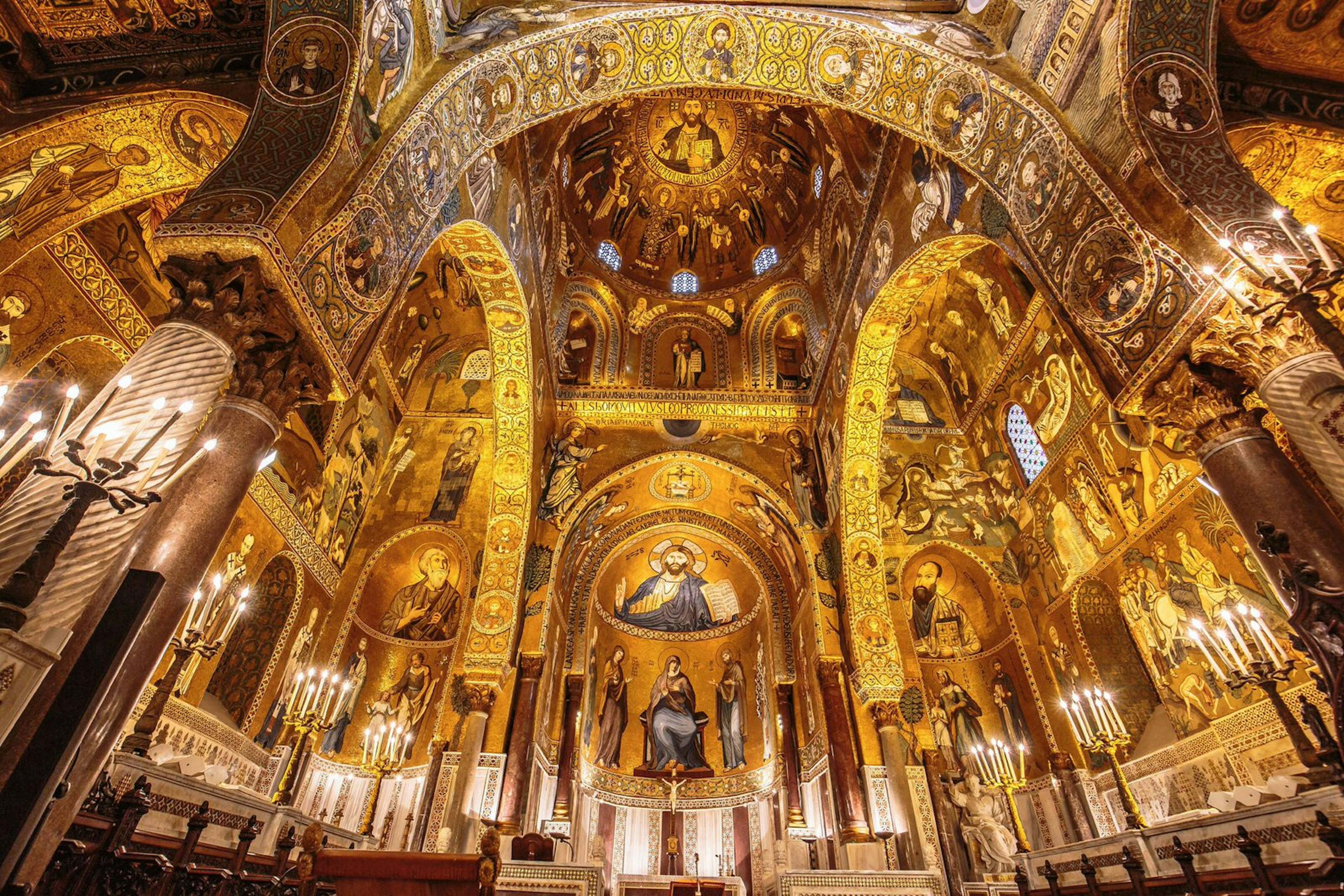
Influenced by the cultured Arab lifestyle, the Norman kings adopted a policy of reconciliation. Roger II donned Saracen robes and maintained a harem while commissioning Arab engineers to work on the majestic Palazzo dei Normanni. Now serving as the seat of the Sicilian parliament, the palace presents a fortress-like exterior that belies the exquisite decoration within, featuring Persian peacocks, palms, and leopards. The shimmering Cappella Palatina of the first floor reveals Eastern influences with inlaid marble floors and the intricate muqarnas (stalactite) ceiling typical of the artistic fashions of Iraq’s Abbasid period.
Street Life and Atmospheric Markets
As centuries passed, and Palermo faced earthquakes and occupations, its streets were enriched with a fanciful 17th-century baroque style, epitomized by the city’s central piazza, the theatrical Quattro Canti. While the city’s surface transformed, North African street culture has persisted, especially evident in the thriving markets: Vucciria, Ballarò, and Capo.
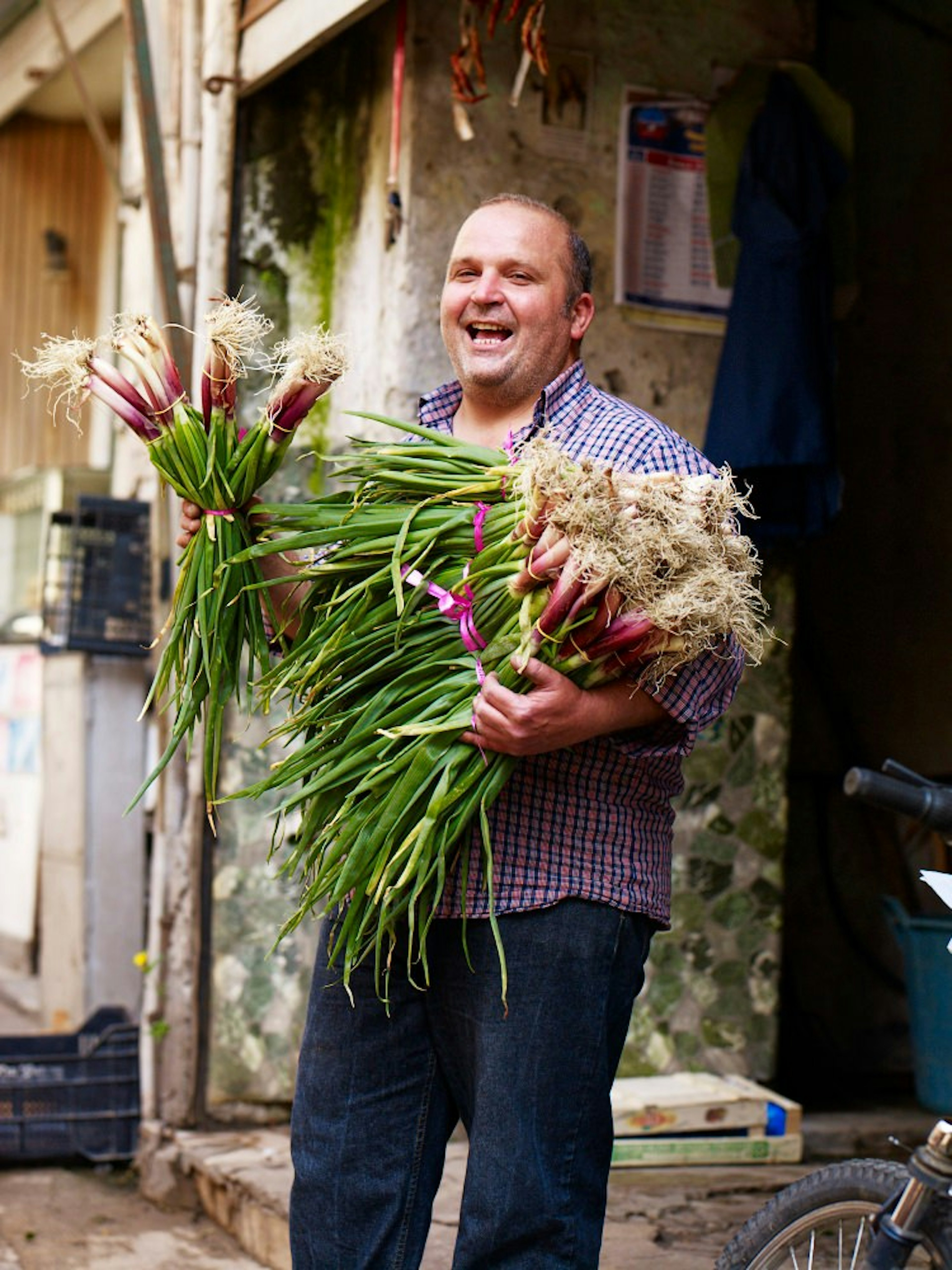
In dialect, Vucciria means something akin to ‘hubbub’, and the market is alive with the sounds of lively music and enthusiastic stallholders extolling the virtues of their fresh fish, sautéed snails, or panelle (chickpea fritters). Furthermore, Palermitan residents prefer to conduct much of their lives in the streets. Stroll through the narrow alleys of La Kalsa or Albergheria, and you’ll observe neighbors chatting from balconies, vendors lifting baskets of groceries to top-floor apartments, and office workers gathering around market stalls to discuss the latest political affairs.
Street Food
Much like in Middle Eastern souqs, street food plays a vital role in Palermitan culture. It showcases the city’s diverse multicultural past and reflects the Palermitan tendency to keep their home lives private. Therefore, the daily array of offerings thrives at friggitorie (fry shops) like Friggitoria Chiluzzo, which serves delightful arancine (rice balls filled with meat sauce), panelle, and potato croquettes known as cazilli. Smaller establishments often focus on a single dish, such as the braziers in Piazza Caracciolo serving wine-soaked skewers of stigghiole (lamb or goat intestines wrapped around stalks of parsley) or popular stalls like Rocky Basile’s, known for pani ca meusa (bread rolls filled with sautéed beef spleen).

As you sample these various snacks, the multicultural influences become strikingly clear. Romans introduced the chickpeas that make up panelle; Saracens infused Sicilian cuisine with unique sweet, sour, and spicy flavors illustrated in the island’s signature dish, caponata (sweet and sour eggplant); Germans brought barbecued meat; and, lastly, Spaniards introduced New World ingredients like chili, sweet pepper, and chocolate. For those eager to learn more about the city’s culinary history, consider taking a tour with Palermo Street Food.
Decadent Desserts
The Sicilian obsession with gelato is believed to have originated from Middle Eastern sarbat (sweet fruit syrups chilled with iced water). Its transformation into granite, cremolata, cassata gelata, and gelato reflects the island’s flair for culinary fusion. However, it’s essential to note that Sicilian gelato is not made with cream but rather biancomangiare (blancmange), a staple of the island for centuries. A few purveyors of authentic gelato include Brioscià, Gelateria del Cassaro, and Il Signor di Carbognano, who serves his famed dark Modica chocolate gelato in the traditional manner – inside aromatic brioche buns.
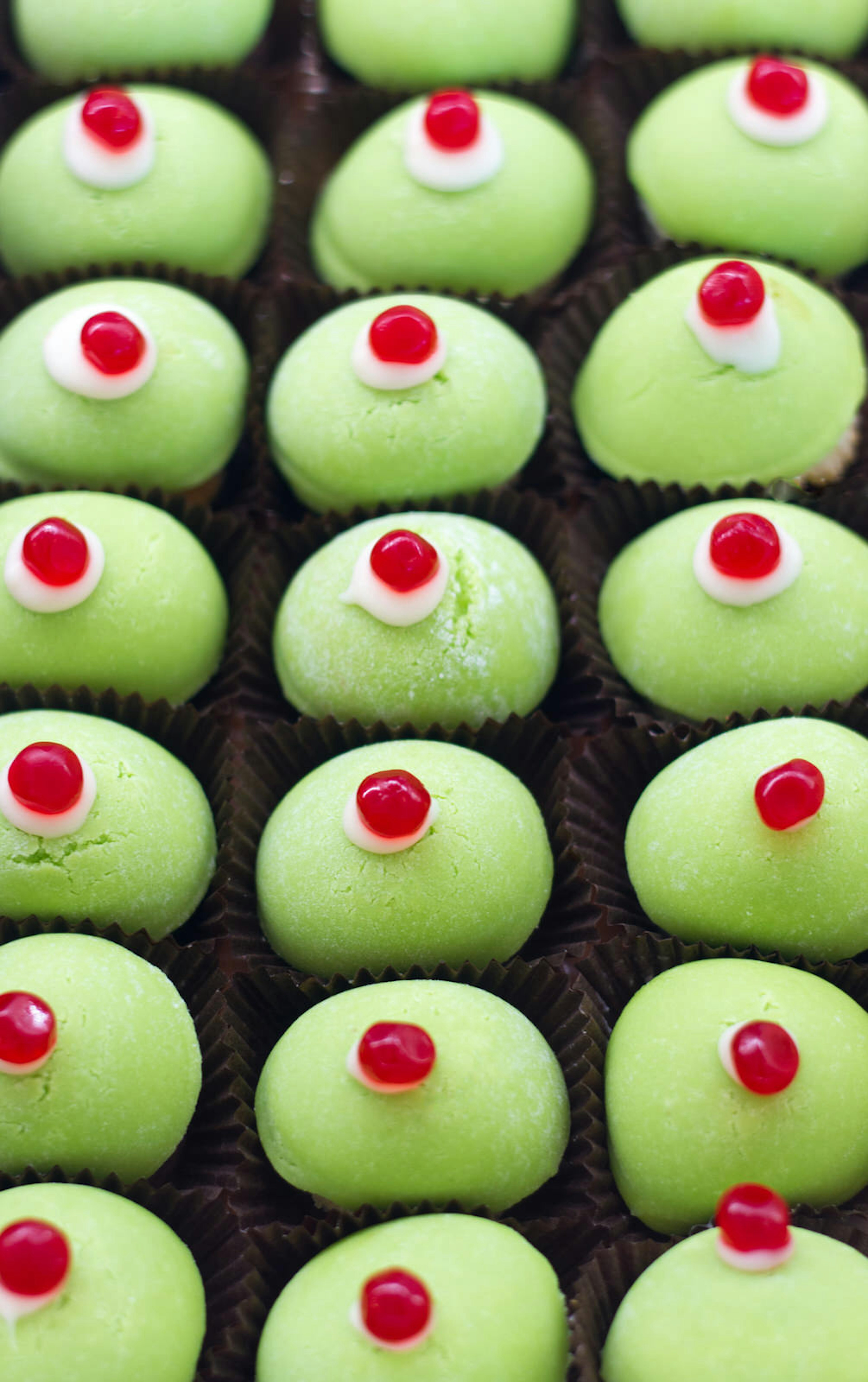
Palermo also boasts a rich tradition of pastries and confections, cultivated to high art in the city’s myriad Renaissance convents. These establishments sought to outshine one another with their marzipan sweets, fruit conserves, and sfinci (fried honey puffs). Look through the windows of historic pasticcerie Cappello and Antico Caffè Spinnato to see their celebrated minni di virgini (virgin’s breasts) custard tarts, crafted to honor Saint Agatha’s tragic martyrdom, as well as frutta di Martorana, marzipan sweets molded into lifelike fruits exhibited during the celebration of Ognissanti (All Souls’ Day).
Marionette Theatre
Another beloved sweet during Ognissanti is the pupi ri zuccaru, marzipan representations of Sicilian chivalric puppets symbolizing knights and paladins, alongside contemporary figures such as footballers and TV personalities. This traditional sweet links to Palermo’s Opera dei Pupi (puppet theatre), a folklore tradition recognized by UNESCO as part of the city’s intangible cultural heritage, showcased across three floors in the Museo Internazionale delle Marionette.
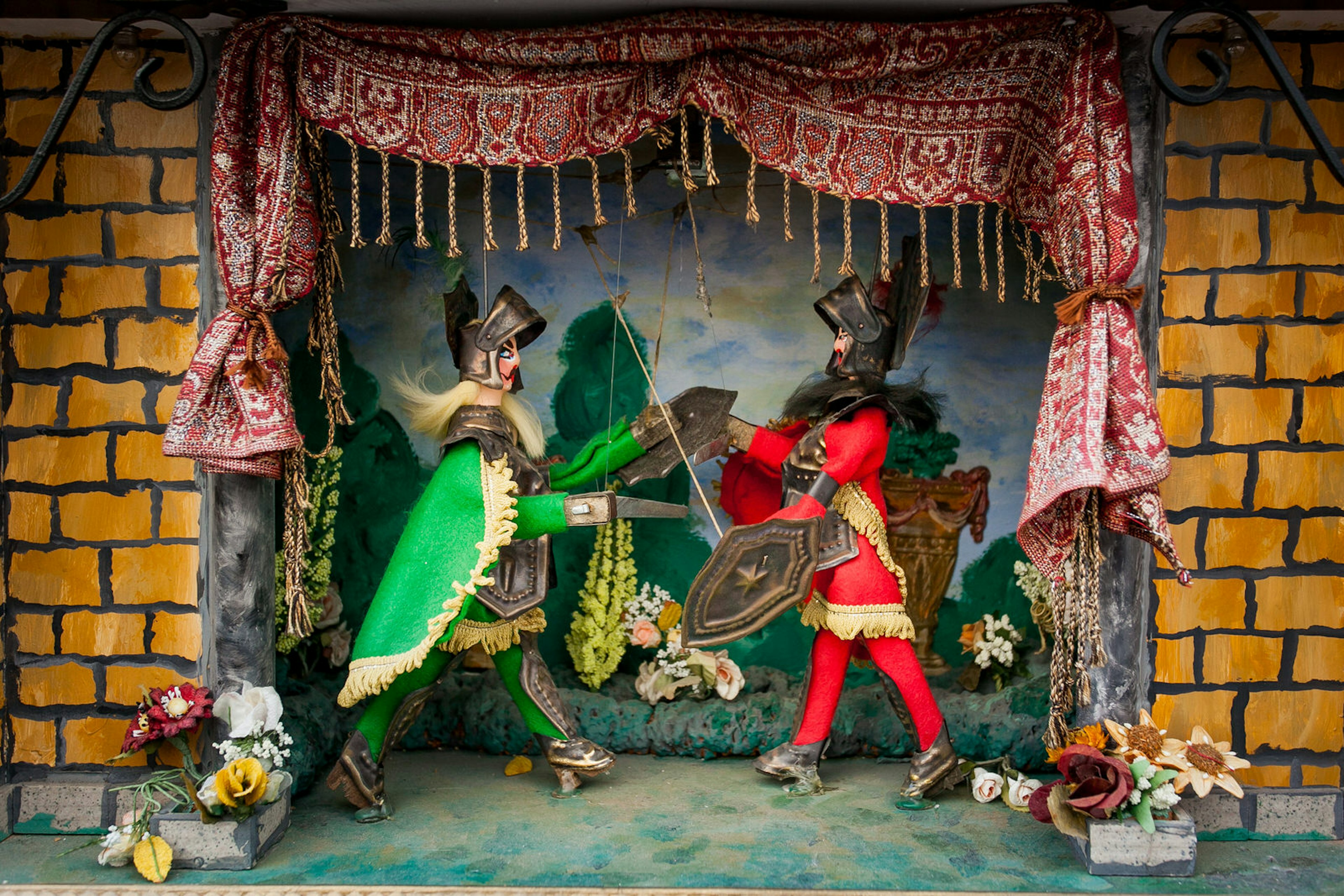
Despite its popularity across medieval Europe, Palermo’s hand-painted, wire-jointed marionettes assumed distinctly chivalric forms in the 18th century, as stories like the Song of Roland and Orlando Furioso captivated audiences. With themes of treachery, heroism, and tragedy, these plays dramatically mirrored contemporary societal issues, delighting spectators with swift and poetic justice as villains faced their fates in truly spectacular fashion. Participate in this lively tradition by joining the enthusiastic audiences at Mimmo Cuticchio’s theatre on Via Bara all’Olivella.




